Note to the USGA: It’s time to stop trying to micro-manage the U.S. Open. Certainly not Shinnecock Hills.
I’m not talking about the infrastructure of what amounts to a football stadium for a week – traffic, spectators, the media and the all-important parking. Someone has to do that planning, and the professionals on staff at Golf House pretty much know their way around that stuff.
I’m talking about the art and science of setting up the golf course. All week we heard and saw evidence that the USGA field staff and the crew under Superintendent Jonathan Jennings had matters in hand in terms of the layout. As it turns out, the golf course held up well in terms of turf quality and consistency. The greens kept their cover, and for surfaces that were 60-70 percent Poa annua rolled well, even if there was the occasional, unavoidable bumpiness. Even when things got dicey Saturday afternoon, the putting surfaces held up well in terms of roll.
The problem, once again, was not with the agronomy but with the setup of some of the hole locations. Three bad cup placements - on the 13th, 14th and 15th holes - proved susceptible to winds twice as hard as anticipated that afternoon.
Brooks Koepka, who successfully defended his U.S. Open title, was among the players who did not give in to the wave of negativity about the course that started with Zach Johnson’s comments Saturday afternoon that the USGA “lost” the golf course. It gets tiring listening to these guys forget that working for a $12-million purse is supposed to be hard work. They have come to expect flawless, predictable uniformity week after week and expect that from the USGA as well. They were joined by too many journalists who are not sufficiently skilled in the nuances of course design and agronomy and who are looking for something controversial to write or comment about.
The real issue is that modern championship golf exists at a level that involves sheer power, extreme technical skill and precision, with very little slack in the system for uncertainty. When you’re cutting plant tissue down to under one-tenth of an inch (0.095-inch, to be precise) you have very little wiggle room. Unlike other championship sites like Augusta National Golf Club and Oakmont Country Club that are kept on the edge, Shinnecock Hills sits on a sand base. It drains more quickly and is prone to more varied winds than those two venues.
The power and precision that golf athletes rely upon affords them considerable mastery over their playing field. If you think about golf as a sport with offense and defense, the simple way to put it is that the precarious balance of power between offensive skills (distance, accuracy) threatens each week to overwhelm the protection afforded architects and superintendents through their means of defense via ground contour, distance and surface speed.
The USGA effectively failed to get ahead of the players and equipment manufacturers in bottling up the technology of the power game. They are now reduced to trying to reign in the advantages of skilled players, and they are doing it with course setups that allow for precious little flex. All it takes is a turn in the weather or a mistake of three feet in a hole location and you see the absence of any slack in the defensive system.
USGA field staff members compensated on Sunday for their mistakes of Saturday by watering down the course and using sensible, middle-of the green hole locations most of the way. The results were striking. Ricky Fowler went from 84 Saturday to 65 Sunday. The average score dropped three shots: 75.3 to 72.2. There were only two scores under par Saturday. On Sunday, there were 15, including Tommy Fleetwood’s 63, only the sixth in U.S. Open history.
Chamblee: 'USGA has no obvious leadership'
It should not have been that hard to let the players play golf. Yet Shinnecock Hills makes that difficult because structurally, the golf course does not provide much margin for error in setup.
The club did a phenomenal job since 2004 in reclaiming its old William Flynn-designed layout of 1931. Trees came down to expose alternative lines of play, though this also allowed more ambient wind to come through. The native roughs were restored. Fairways were widened out to something approximating their intended shape. But it’s the green expansion that ironically proved a problem, because greens were pushed back out from 5,500 square feet on average to 7,000 square feet. Those reclaimed areas transitioned into much larger peripheral rollouts. Low-mow areas replaced dense rough that had surrounded the greens. That meant that marginal shots rolled out and away more than ever, exaggerating the effects of wayward approaches.
Davis extolled the green expansion work, claiming that it provided "25-to-30 percent" more hole locations. But the process of the greens reclamation included areas that had been built up over the years with sand splash from greenside bunkers and that had distorted or raised some of the original green surfaces. Ironically, the newfound flexibility of setup brought those areas closer into play, effectively reducing the margin of error for the setup team.
Just ask Phil Mickelson, who obviously made a point on Saturday at the 13th hole of registering his displeasure with the setup. In doing do, he made a mockery of the rules. USGA returned serve by making a mockery of a ruling in punishing him only two strokes for hitting a moving ball (Rule 14-5) when they could have invoked Rule 1-2 and disqualified him for his breach.
It will be interesting to see how the club and the USGA move forward in prepping for the 2026 U.S. Open at Shinnecock Hills. Having more precise measurement techniques for setup – firmness meters, moisture level monitors, Stimpmeter readings – won't solve the problem without more common sense. It would help if course setup highlighted the complexity and intrigue of playing surfaces and hazards without regard for score. You cannot prevent the world’s best players from scoring well – unless you squeeze the life out of the golf course.


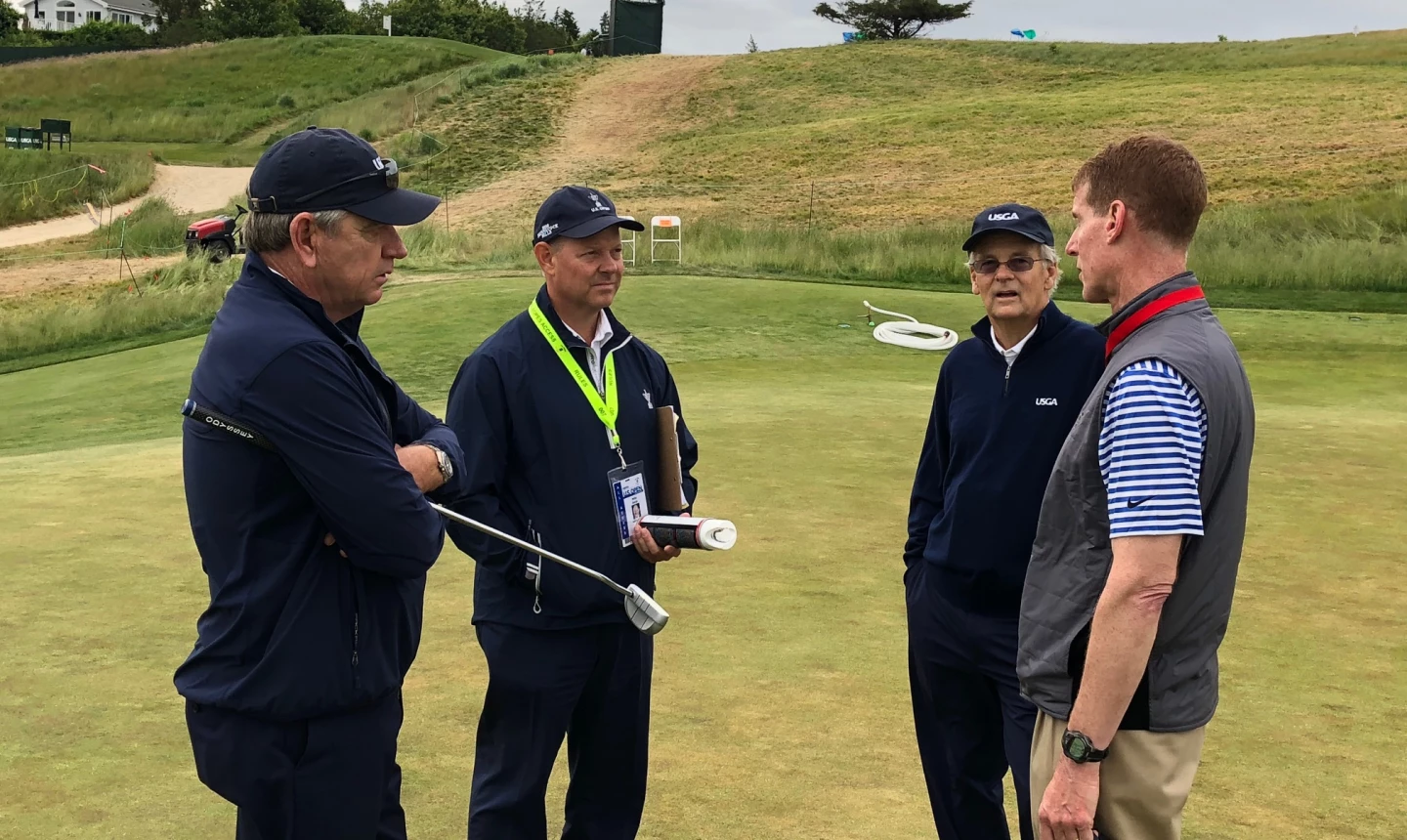




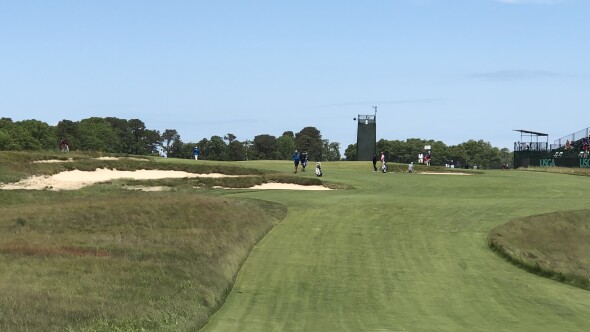
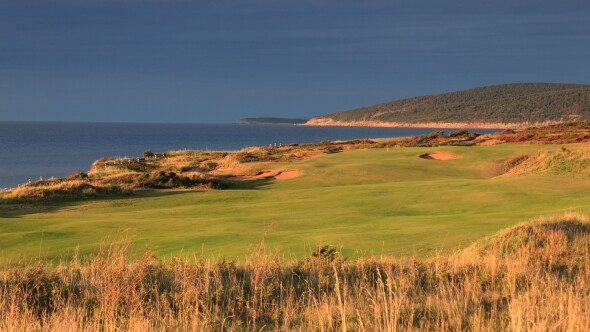
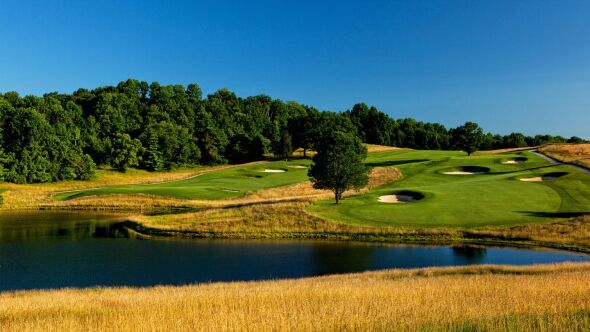



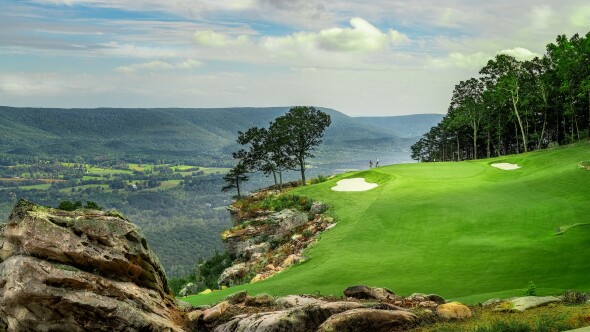




If the usga followed their rules they would have had to disqualified themselves and Michelson. Also the course is not the same in the afternoon as it is in the morning. Just enough moisture to get thru the morning. Before TV $ the leaders earned the right to tee off in morning like most things golf the lower score earns the honors.
As a gentleman Phil made his point and then should have withdrawn.
A flip of the coin and start times should not dictate outcomes. Admittedly, I haven’t seen the analysis but did one group outperform the other? Setup needs to primarily reduce the variations to a degree possible between the earl-late and late-early groups. If the course is that on the edge, changes in conditions unfairly penalize one group over another.
At the risk of sounding simplistic, I have been playing the game as long as Gary Player (we were at prep school together and continued right through high school) which put me in an almost forgotten era and the first rule i ever was taught is "Play the ball as it lies". Having said this it makes no difference if the course/s are easy or tough - just remember that it's the same for everybody!
Brooks Koepka won, simply because he never took his eye off the finishing post and that is the main component of "being competitive".
I say: "Don't lay blame with the USGA
Well said! A very disappointing tournament thanks to ridiculous pin placements combined w/wind
It's the ball! The U.S.G.A. could have the manufacturers make Open balls that go the distance that the balls traveled the distance that balls traveled when the older courses opened. Simple done deal.
I think the USGA course solution is simpler than all the comments and opinions suggest. I believe the USGA should set up a golf course as hard and tough as possible to test the best player. I don't care if the greens become as hard a airport runways and don't hold one bit. BUT GOLF GREENS ARE GREENS - AND THEY SHOULD STAY GREEN, NOT BROWN. As long as the USGA keeps the greens green they should make it as hard as humanly possible. If I were a member of the host club, I would be quite angry that the USGA almost killed off my club's greens to manipulate an artificial outcome. It is not that complicated.
On that same note, the USGA turned a beautiful course (Chambers Bay) into a dirt track for there own sake. I agree, hard and fast but green greens.
USGA owes a lot to the game.
The pros & PGA tour hate that the US Open isn't run by them.
So they do their utmost to whine, bitch, & moan, esp about the course selected for them to play. 20 years ago they whined, bitched & moaned about the collars of rough around the greens, saying it took the art of chipping out of their hands. Fast forward to the present day & the collars of rough around the greens have gone, to be replaced with fringes & run-off areas.
For sure an opportunity to showcase their chipping skills, but they still whine, bitch & moan.
Pros won't be happy until they run the T'ment & can set the courses up to manufacture winning scores of 20+ under par.
I have played in a few USGA run tournaments. They are run by volunteers and amateurs...and it shows. Give someone a little bit of power and they will exert it. That is what happened here. Artificial manipulatuon of a normally already difficult course was unneccessary. We all think we play the same courses as the pros. Think again.
The USGA elites will never accept their U. S. Open failures. Tricking up the great courses of yesteryear will never provide venues to match modern equipment. I was among the patrons left in the cold waiting for one of too few shuttles at the previous Pebble Open. It was instructive to observe the blue jackets enter limos and get wisked past us. The USGA operates not for its members, nor golf fans, nor professionals, but for the few at the top. We peasants can only hope that this royal group will one day be replaced.
Great article. This is the best information and interruption of what happened at the U S Open. As far as Phil is concerned it is my opinion he made two mistakes, #1 he never should done what he did and #2 he just should have said "I was frustrated and I lost control". It was when he started trying to justify what he did, talking about saving strokes is when it when all down hill.